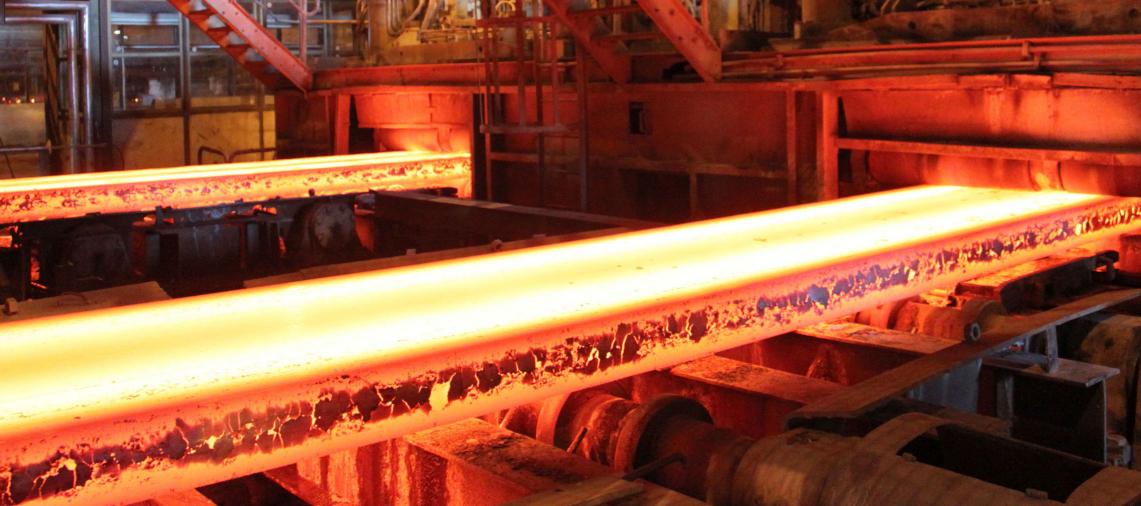Competition in the global iron ore market has become so intense following a glut in low-cost supplies that Iranian exporters have abandoned efforts to court overseas sales. Instead, they are seeking $20 billion to develop the domestic steel industry that is expected to get a boost from the end of sanctions.
“Iran plans to more than triple steel capacity to 55 million tons in the next 10 years, potentially helping consume 120 million tons of domestic ore,” said Keyvan Jafari Tehrani, head of international affairs at the Iranian Iron Ore Producers and Exporters Association, wrote the weekly business magazine Bloomberg’s Businessweek.
Instead of seeking to sell iron ore in China, Tehrani is in Asia’s top economy to market made-in-Iran steel and court potential investors. Expanded access for overseas companies into the Iranian market is anticipated, following the country’s deal with international powers in July to ease sanctions in exchange for limits on its nuclear program.
The biggest iron ore miners have boosted low-cost output, seeking to increase sales, cut costs and win market share. The strategy spurred a glut, helping prices sink to the lowest since at least 2009 and increased pressure on less-efficient rivals like Iran.
“There’s no way we can compete with majors such as BHP and Vale,” Tehrani says.
Iranian exports to China are forecast to slump to 5-7 million tons in 2018 compared with 23.5 million tons two years ago, according to Tehrani, who added that the drop will not diminish the worldwide glut as the biggest mining companies will continue to add supply.
Ore with 62% content delivered to Qingdao lost 22% this year to $55.30 a dry ton by September, according to Metal Bulletin. The material, which bottomed at $44.59 in July, retreated 47% in 2014 as the surplus built and demand growth slowed in China, the world’s largest consumer.
Goldman Sachs Group and HSBC Holdings have said there is a battle for survival in the seaborne market where only the most efficient miners are likely to last.
Apart from Vale, BHP and Rio Tinto Group, the industry was facing an existential challenge, Goldman said in April.
“A shortage of roads and railroads has added to miners’ logistics costs in Iran,” Tehrani said.
“Even shipping is uncompetitive, given small vessel sizes and loading rates that are a fraction of what other countries are capable of doing.”
Mehdi Karbasian, deputy minister of Iran’s Ministry of Industries, Mining and Trade, told Bloomberg in August Iran has $29 billion of mining investments attracting the interest of companies from Europe to Asia.
Karbasian also flagged the plan to increase steel capacity to 55 million tons by 2025.
Tehrani said Iran’s mining industry is looking forward to the end of sanctions, as the sector will be able to access global knowhow to upgrade technology that’s 10 to 15 years old.
“An upgraded mining sector can help Iran reduce reliance on oil income and unlock the nation’s mineral wealth,” he said. “We can reduce our reliance on steel imports, while supplying domestic demand and even be able to export 14 million tons of steel a year by 2025.”


